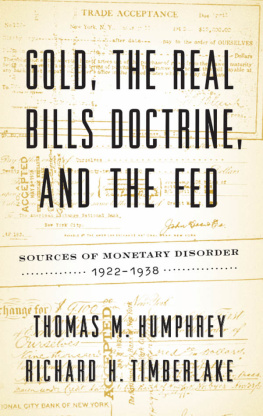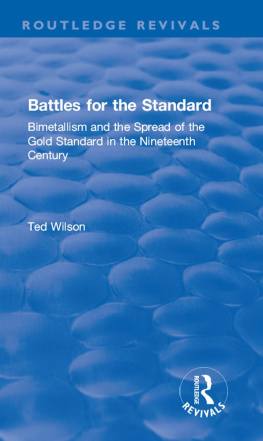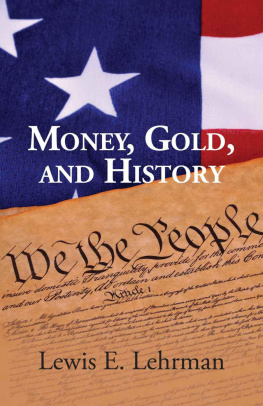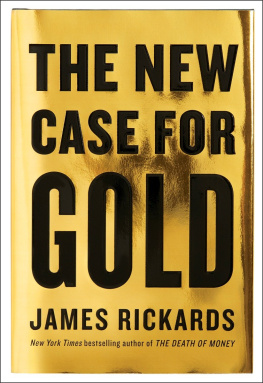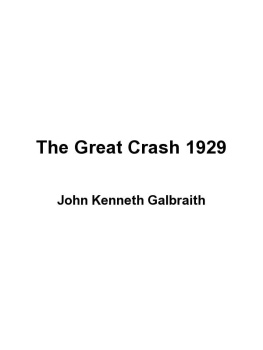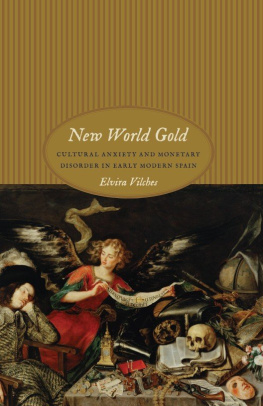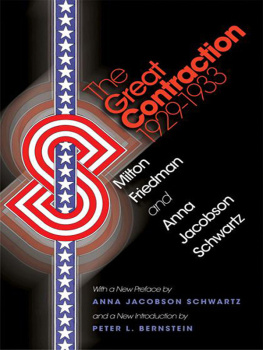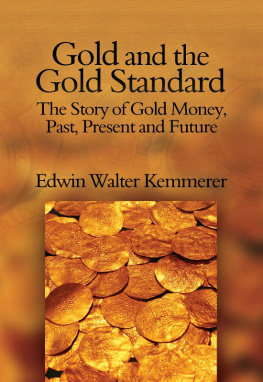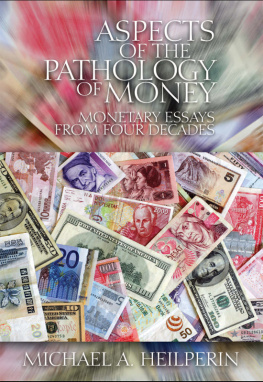Praise for Gold, the Real Bills Doctrine, and the Fed: Sources of Monetary Disorder, 19221938
In this book, preeminent monetary historians Tom Humphrey and Richard Timberlake persuasively document the baneful effects of a well-intentioned but hopelessly flawed economic ideathe Real Bills Doctrine. Conceived as a principle for achieving sustainable noninflationary monetary conditions by tying note issue to a subset of bank loans, those driven by real transactions as opposed to speculative purposes, it guided the original design and early policy decisions of the Federal Reserve. The resulting preoccupation with credit market conditions led Fed leadership to dramatically misread signals after 1929 and effectively tighten monetary policy just as the U.S. economy began contracting at the onset of the Great Depression. The authors thus demonstrate the neglected contribution of bad economic ideas to the greatest economic contraction of the 20th century. Unfortunately, remnants of the Real Bills Doctrine live on today, as seen in central bankers ruminations about excessive lending and macroprudential policy. If youve ever wondered about the historical origins and intellectual foundations of such rhetoric, you will be interested in this fascinating book.
JEFFREY LACKER , former president and CEO of the Federal Reserve Bank of Richmond
It certainly was not adherence to any kind of gold standard that caused the [Great Depression]. If anything, it was the lack of adherence that did. Had either we or France adhered to the gold standard, the money supply in the United States, France, and other countries on the gold standard would have increased substantially. [Tom Humphrey and Dick Timberlakes] emphasis of the Real Bills Doctrine complements in an important way Anna [Schwartz] and my analysis of why Fed policy was so inept. We stressed and discussed at great length the shift of power in the System. We did not emphasize, as in hindsight we should have, the widespread belief in the Real Bills Doctrine on the part of those to whom the power shifted.
MILTON FRIEDMAN , recipient of the 1976 Nobel Prize in Economic Sciences
In my opinion, this is the most important book written on the Great Depression since Friedman and Schwartz published their Monetary History of the United States. In originality and significance, I know of no other book that comes close to this book in explaining why U.S. monetary policy during the Depression allowed a financial panic, not significantly different from the Panic of 1907, to cripple the banking system, destroy a third of the money supply, and cause the most traumatic economic downturn in our history.
Humphrey and Timberlake provide clear and convincing arguments and evidence that the Gold Standard was not a cause or even a contributing factor in producing the Great Depression in the United States. Of greater significance, in my opinion, the book points to an obscure and largely forgotten theory, the Real Bills Doctrine, as the culprit for the failure of the Federal Reserve Bank to respond to the collapse of the money supply, which turned a financial panic into a Great Depression. That failure changed the history of America and its system of government.
Except for a few monetary historians no one today even remembers the Real Bills Doctrine or the sway it held over economic thinking, despite the fact that it had been discredited over and over again for 225 years. By the time that the Financial Panic of 1929 occurred, the majority of the members of the Fed leadership believed that if banks made short-term loans on the basis of real collateral or real bills, backed by real economic activity in industry and agriculture, the money supply was self-regulating and inherently stable, even without the gold standard. This doctrine led the Federal Reserve Bank to stand by and watch one-third of the banks in the country go broke and the money supply fall faster than prices. An irrational distaste for speculation led the Fed to end its lending to banks that made loans for the purpose of investing in stocks and bonds, needlessly contributing to bank failures and a collapse in the money supply. It was the Real Bills Doctrine, which Senator Carter Glass had espoused 20 years before the Great Depression, that led to the Glass-Steagall Act of 1933, which artificially narrowed the scope of American banking for almost 70 years.
I strongly recommend this book to anyone who seeks to understand the economic history of America.
PHIL GRAMM , economist and former chairman of the Senate Banking Committee
GOLD, THE REAL
BILLS DOCTRINE,
AND THE FED
GOLD, THE REAL
BILLS DOCTRINE,
AND THE FED
SOURCES OF MONETARY DISORDER
.............. 1922-1938..............
THOMAS M. HUMPHREY
RICHARD H. TIMBERLAKE
Copyright 2019 by the Cato Institute.
All rights reserved.
eBook ISBN: 978-1-948647-13-7
Paperback ISBN: 978-1-948647-12-0
Hardback ISBN: 978-1-948647-55-7
Library of Congress Cataloging-in-Publication Data available.
Printed in the United States of America
Cover design: Faceout Designs
Cato Institute
1000 Massachusetts Ave., N.W.
Washington, D.C. 20001
www.cato.org
To Mitzi and Hildegard, Our Forever Helpmates
CONTENTS
LIST OF ILLUSTRATIONS
Figures
Tables
We have approached the writing of this account of the Real Bills Doctrines contribution to monetary instability in the 1920s and 1930s with a few thoughts in mind. First, it seemed to be a readily available topic that had never been thoroughly discussed, although one that both of us had explored in connection with other banking research. Second, it had an aura of drama about it, since that doctrine had figured in many of the banking controversies of the 19th and early 20th centuries, especially in England and the United States. Third, it looked like it had enough substance to be a book.
At the same time, we wondered why other researchers had not picked up such an obvious subject and run with it. It seemed too easylike a $100 bill that no one had claimed, lying on the sidewalk. Although we have since learned that some other economists know about the doctrines former prominence, none of them recognized just how important it was in the period we emphasize.
We have also discoveredmuch to our surprisethat the Real Bills Doctrine is not by itself either a stabilizing or a destabilizing force. Its stability depends on the financial environment in which it functions; it cannot exist in a monetary vacuum. It is metastable, picking up whatever characteristic is built into current monetary policy. To label it inherently unstable is simply incorrect.
What, though, is the importance of analyzing an economic doctrine and the economic policies it fostered almost a century ago? The doctrine proper has for the most part been consigned to the dustbin of history. But the Great Contraction and Depression of 19291941, to which the doctrine inadvertently contributed, continues to be discussed and often misinterpreted. So the answer is obvious. It is a history that must be examined. Otherwise, to paraphrase the philosopher George Santayana, Those who cannot, or will not, learn from this history are doomed to repeat it.
Todays scholars must have at their disposal accurate accounts of the past to derive credible policies for the present. Our book provides new evidence, not only for the Great Contraction and Great Depression, but also for the stable price level policy of Benjamin Strong that preceded them. We also document the innocence of the gold standard for many of the monetary troubles of the period, and we present an empirical analysis to explain the bungling disaster of the recession-within-a-depression of 1937. Each of these episodes had its own special variables promoting and aggravating it; the anti-speculative element of the Real Bills Doctrine was only the first and most severe.

